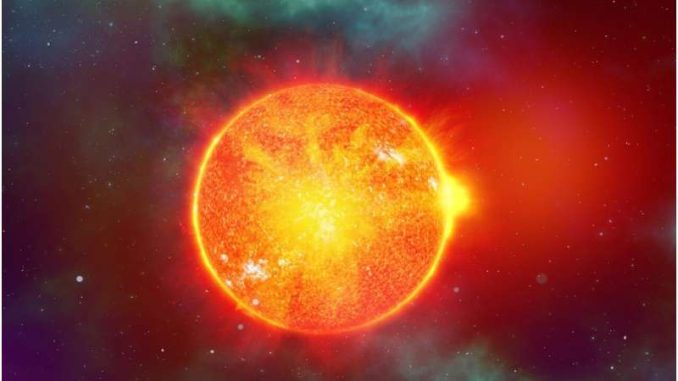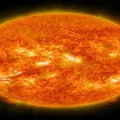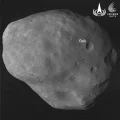
On March 29, 2023, the Sun erupted in a massive X-class flare, the seventh one this year and one of the most intense types of solar flares. The flare came from a sunspot called AR3256 near the Sun’s southwestern limb and sent a pulse of X-rays and extreme UV radiation toward Earth, reports Weather.com.
This pulse ionized the top of our planet’s atmosphere, causing a strong shortwave radio blackout over southeast Asia, Australia, and New Zealand for about an hour. Ham radio operators and other users of low-frequency radio signals may have experienced a loss of signal or interference during this time.
The flare also triggered a rare phenomenon known as a solar tsunami or a magnetohydrodynamic wave. This is a giant wave of hot plasma that travels across the Sun’s surface at speeds of up to 901,000 km/h and reaches heights of roughly 100,000 km. The wave can be seen in images captured by NASA’s Solar Dynamics Observatory.
// CESSI FLARE ALERT //
Code: Severe
Peak Time Flare Class
2023/03/29 02:33 UT X1.3@cessi_iiserkol pic.twitter.com/uZ600tlzlI— CESSI Space Weather (@CESSISW) March 29, 2023
Solar tsunamis are often associated with Type II solar radio bursts, mainly ultraviolet and X-ray radiation streams that can also affect Earth’s ionosphere. Amateur radio astronomer Thomas Ashcraft recorded the sound of the radio burst hitting our planet, which sounds like eerie static noise.
The Sun is currently in an active phase of its 11-year solar cycle, which means we can expect more solar flares and other space weather events in the coming years. These events can positively and negatively impact Earth and human activities.
The respite is over. A growing X-flare player on the solar disk is causing radio noise to increase on Earth's dayside. #RadioBlackouts are once again on the menu due to region 3256. We just got a short-duration X-class flare (R3-level) & a non-Earth directed #solarstorm launch. https://t.co/W7WLcC871W
— Dr. Tamitha Skov (@TamithaSkov) March 29, 2023
On the positive side, solar flares can create beautiful auroras or northern lights that can be seen in high-latitude regions. They can also inspire scientific curiosity and discovery about our star and its influence on our planet.
On the negative side, solar flares can damage satellites, disrupt GPS navigation, interfere with radio communication, cause power outages and expose astronauts and airline passengers to higher levels of radiation. They can also pose a threat to future missions to the Moon and Mars.
Therefore, it is important to monitor the Sun’s activity and prepare for potential impacts of solar flares and other space weather events. Scientists use various instruments and models to observe and forecast the Sun’s behavior and alert relevant authorities and stakeholders about possible hazards.
You can also keep track of the Sun’s activity by visiting websites like spaceweather.com or nasa.gov/sunearth.








Leave a Reply